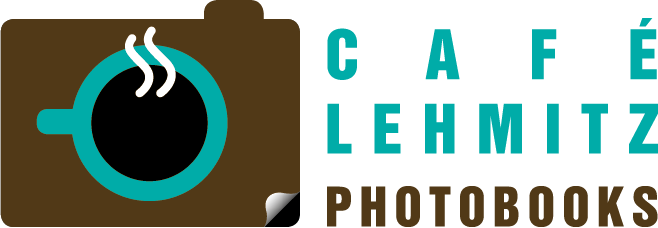About the Swiss Magnum photographer Werner BISCHOF (1916-1954)
Werner BISCHOF is one of the most famous reportage photographers of the 20th century. He studied at the Zurich School of Applied Arts under Hans FINSLER and Alfred WILLIMANN. In 1936 he received his diploma with distinction as a photographer and, after basic training with the Swiss Army (recruit school), opened a studio for fashion and advertising photography in Zurich. In 1939 he was drafted for military service in Switzerland. During brief periods between military assignments, he devoted himself to photographing nature subjects. In 1942 he published his first photographs in the then new monthly magazine Du.
In the fall of 1945, he traveled through southern Germany, France and the Netherlands and was deeply impressed by the hardship in the regions severely affected by World War II. In 1948 he was at the Winter Olympics in St. Moritz for Time. In 1949, his documentary photographs were published in Life magazine, and he joined the newly formed Magnum Photos photography cooperative. From 1951 he traveled in the Middle and Far East, working for 'Paris Match' as a war correspondent in Indochina. In 1953 he began a trip through the American continent that was planned for a longer period of time. On May 16, 1954, his off-road vehicle crashed down a slope in the Peruvian Andes, killing Werner BISCHOF.
Photo books by and about the work of Werner BISCHOF
- '24 Photos' (1946); 'Le Japon entre la tradition et l'avenir' (1953, together with works by Gilles BOISROBERT and Pierre VERGER); 'Japan' (1954, 1955, 1961); 'Werner Bischof 1916-1954' (1954, 1960, 1974); 'Indios' (1956, together with works by Robert FRANK and Pierre VERGER); 'Unterwegs' (1957); 'Das fotografische Werk' (1958); 'The World of Werner Bischof. A Photographer's Odyssey' (1959, by Manuel Gasser); 'Querschnitt' (1961); 'Werner Bischof' (1971); 'Bibliothek der Photographie. Volume 6' (1973); 'After the War was Over' (1985); 'Photo Poche' (1986); 'Life and Work' (1990); 'After the War' (1997); 'Phaidon 55' (2001); 'Images' (2006); 'Retrospective' (2014); 'Point of View' (2016); 'In bevrijd Nederland' (2017); 'Unseen Colour' (2023).
Film/CD-ROM: 'On the Road - Werner Bischof Photograph 51/52 (1987, by René Baumann and Marco Bischof); 'Werner Bischof. Life and Work of a Photographer 1916-1954' (2003, by Marco Bischof and Carl Philabaum).
Further photo books with works by Werner BISCHOF
- 'Zeitblende. Five decades of MAGNUM photography' (1989, 1990); 'Magnum Magnum' (2007, 2009); 'MAGNUM's First' (2008, 2017, together with works by Henri CARTIER-BRESSON, Robert CAPA, Ernst HAAS, Erich LESSING, Jean MARQUIS, Inge MORATH, Marc RIBOUD).
Awards
- 1955: Prix Nadar (as the first photographer ever)
In his relatively short life, Werner BISCHOF was highly productive and dedicated. He created an oeuvre of 60,000 photographs. He made a name for himself early on as a studio and commercial photographer with fascinating compositions of light and shadow. But when he was able to travel to devastated Europe after the end of World War II, his images portrayed the suffering and devastation of war with oppressive urgency. The superficiality and sensationalism of the editorial business repelled him, yet he was usually sent to crisis areas. Despite the external circumstances, however, love for people and love for the cause are always visible in Bischof's photographs. Aesthetic feeling, elementary formal power and human commitment combined in him to form an inner unity. One of his most famous pictures shows a boy striding along an abyss, playing the flute. The picture was created in Peru in 1954.

 Deutsch
Deutsch
 English
English